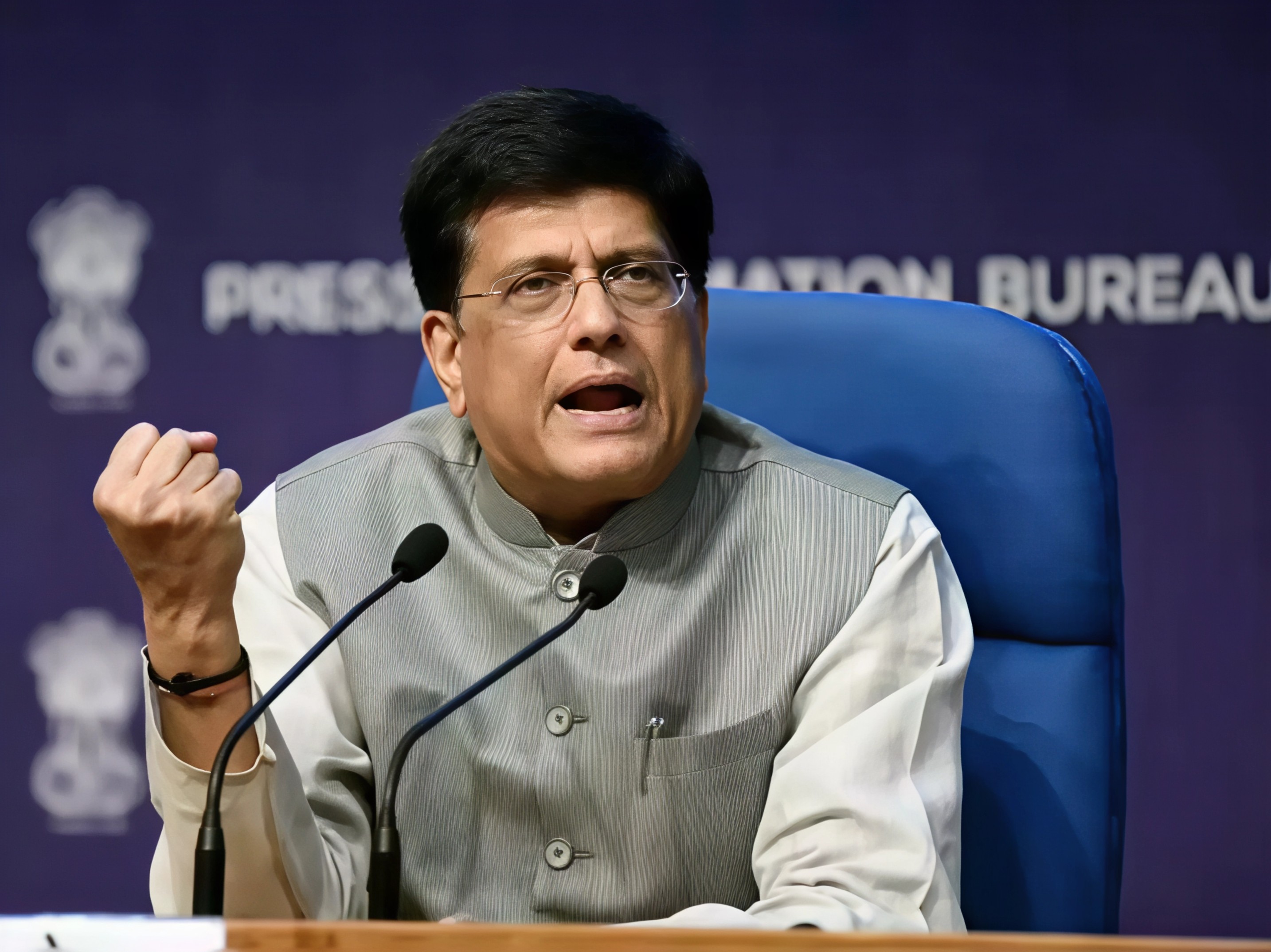Over the recent two winters, Varanasi has emerged as an exemplary city in India, being the only one to align with the national air quality standards for PM2.5 pollution, a critical indicator of air quality concerning fine particulate matter. This achievement is particularly noteworthy given Varanasi's location in the Indo-Gangetic Plain, a region notorious for its high pollution levels. Among seven key Indian cities assessed, Varanasi reported the lowest levels of pollution during the winter season.
The evaluation was conducted by Climate Trends, an organization dedicated to researching climate change impacts. Their analysis spanned from October to February, with a keen focus on PM2.5 pollution levels across cities including Delhi, Mumbai, Varanasi, Patna, Chandigarh, Lucknow, and Kolkata.
While Varanasi set a positive benchmark, the study revealed varying trends in winter PM2.5 levels across other cities. Mumbai managed to stay below the national air quality standard in the winter of 2023-2024. However, Delhi experienced an increase in pollution levels during the same period compared to the year before. Notably, most cities saw a reduction in pollution levels during January and February, despite colder conditions. Chandigarh was identified as the second most polluted city for both winters, facing peak pollution levels in mid-December and January.
Dr. Atenderpal Singh of the University of Delhi highlighted the urgent need for comprehensive research to pinpoint the sources of PM2.5 pollution. Understanding these sources is crucial for devising effective pollution reduction strategies. Winter pollution arises from various factors, including increased emissions from heating, temperature fluctuations, stagnant air, and the accumulation of residual pollution. This form of pollution poses significant health risks, especially to children, the elderly, and individuals with pre-existing health conditions.








